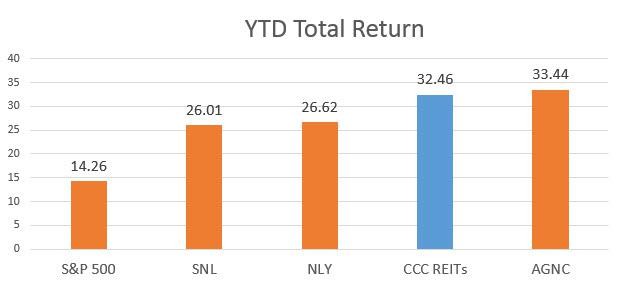Understanding Considering REITs for Your Portfolio
Post on: 8 Апрель, 2015 No Comment

You can opt-out at any time.
Please refer to our privacy policy for contact information.
Many investors looking for high income turn to Real Estate Investment Trusts (REITs) as an alternative to bonds.
REITs are a special form of security that trades like a stock on major markets, yet gives the investor the advantage of participating in large-scale commercial real estate projects.
Congress created REITs in 1960 so average investors could participate in the growth of the commercial real estate market without committing large sums of money in illiquid investments.
REITs Payout
REITs invest in and, in most cases, actively manage large commercial real estate projects. These range from apartments to shopping centers to office complexes to hospitals and a variety of other commercial projects.
Most REITs specialize in a certain type of investment, such as office buildings or car dealerships.
Investor Benefits
Investors benefit several ways from REITs:
- Income from rents is passed through to shareholders
- As the real estate appreciates in value, the REIT becomes more valuable and its share price may rise
- REITs can offer predictable income streams because of long-term lease agreements with tenants
- Because REITs trade like stocks, you can get into and out of them with ease, unlike limited real estate partnerships or other forms of real estate ownership

Investments in large commercial real estate projects are outside the reach of most investors except through vehicles such as REITs.
Risks of REITs
As with any investment, there are risks associated with REITs and investors need to approach them with these in mind.
Most REITs focus on particular types of commercial development, such as apartments or office buildings. This concentration leaves them vulnerable to a downturn in this particular sector of real estate.
Investors should also examine where the REITs projects are located. A high concentration of development in one community or geographic region may leave it vulnerable to a downturn in that areas economy.
Your best bet is to invest in more than one REIT and choose absolutely different real estate sectors. Also, make sure the REITs are in different geographic locations.
Conclusion
REITs are worth a look as part of your portfolio if you need current income. Compare the return to investment grade bonds with the understanding that they are riskier and should pay a premium. For most investors, REITs should be no more than 20 25 percent of your fixed-income portfolio.














